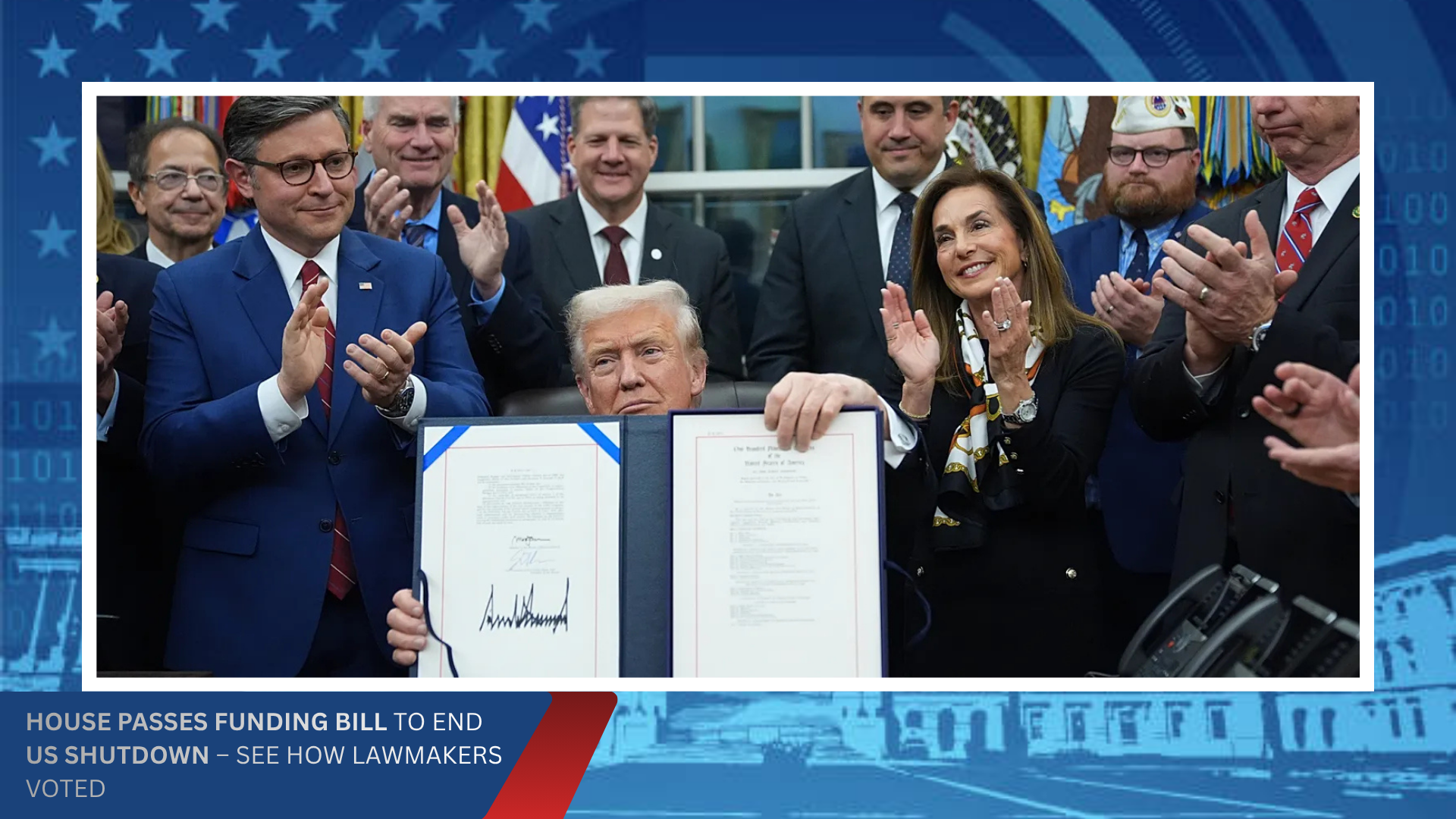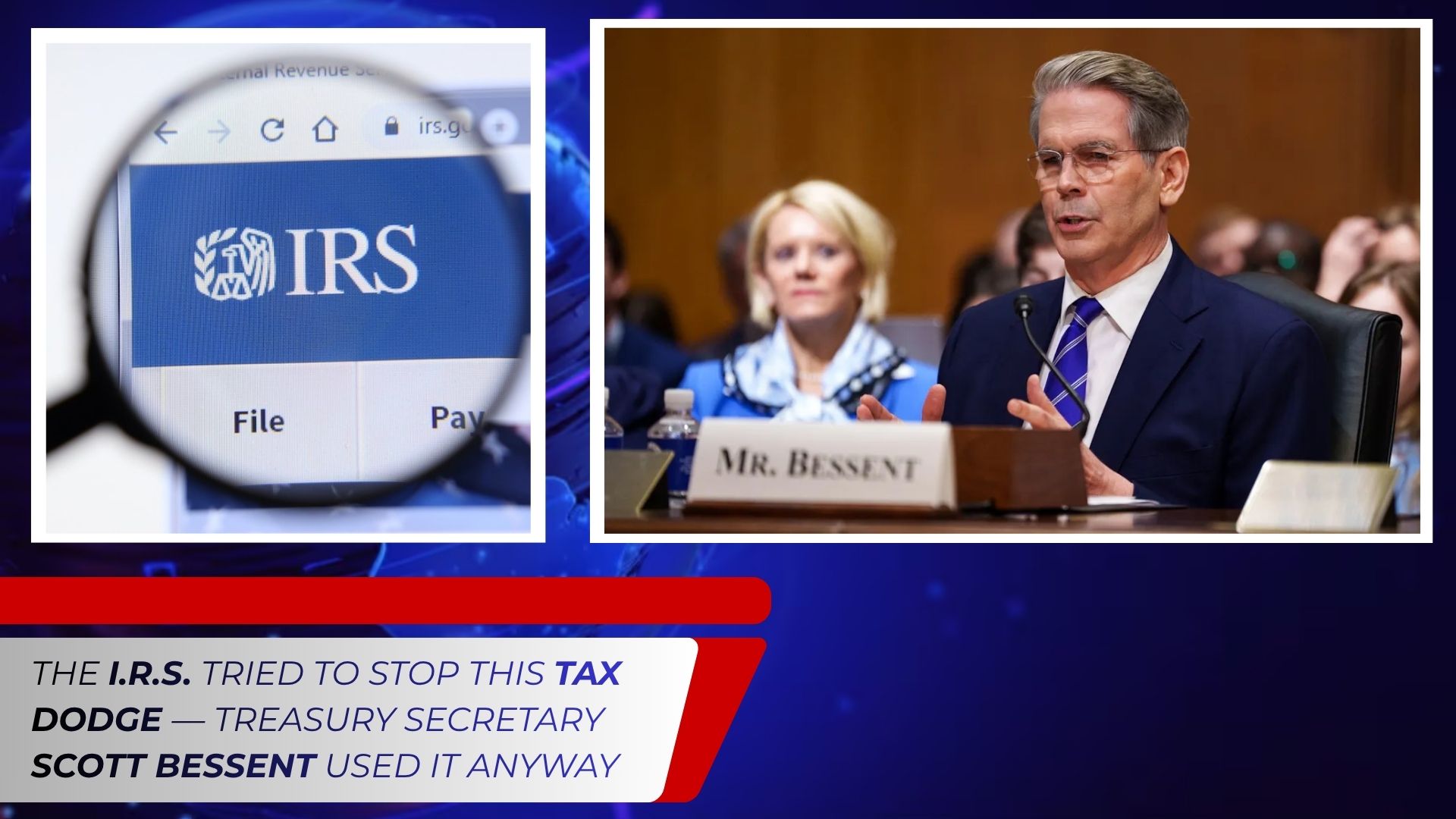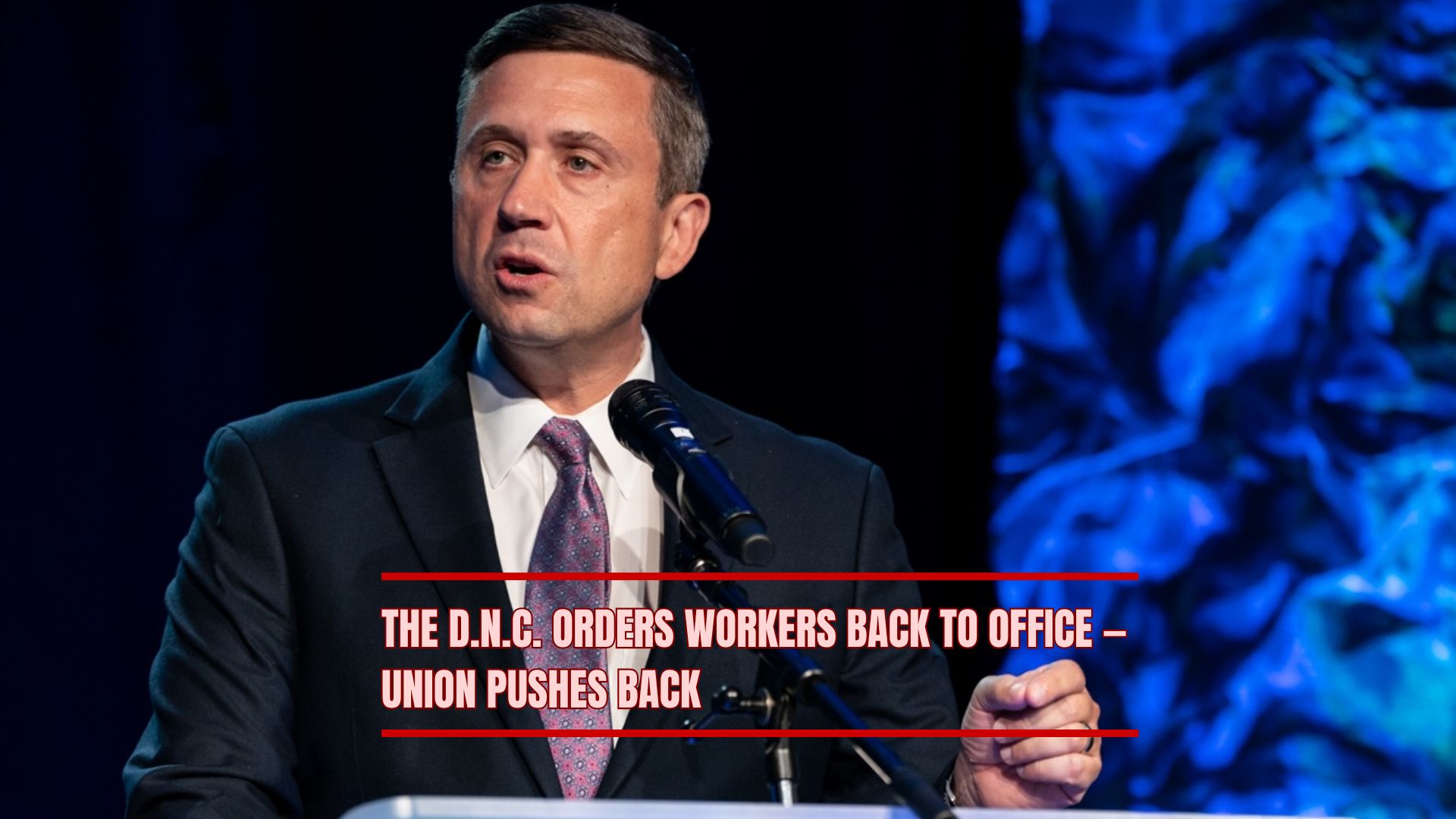The U.S. military has launched a series of deadly maritime strikes on vessels it says were smuggling narcotics across international waters in the Caribbean Sea and eastern Pacific Ocean — a campaign that officials describe as part of a new “expanded operational strategy” in the global fight against drug trafficking.
At least eight such strikes have been confirmed since early September 2025, according to statements by the Pentagon, the White House, and media reporting from Reuters, The Guardian, and The Washington Post. The attacks have collectively killed more than 20 people, all alleged to be involved in international drug trafficking operations.
Defense Secretary Pete Hegseth confirmed on Oct. 22 that U.S. forces carried out the most recent operations, which targeted two vessels off the coast of Ecuador in the eastern Pacific. One strike reportedly killed two people, while a second the following day killed three others aboard another fast-moving craft believed to be carrying cocaine bound for Central America.
“These are not acts of war,” Hegseth said at a press briefing. “They are decisive, targeted actions against transnational criminal organizations that threaten the security of the United States and our allies.”
Escalation of maritime operations
The Pentagon says the strikes are part of Operation Vigilant Wave, a classified initiative authorized earlier this year by President Donald Trump. The operation aims to disrupt the maritime drug routes that U.S. officials say move billions of dollars of cocaine, fentanyl precursors, and other narcotics into North America annually.
Previous strikes occurred in the Caribbean Sea, including several near Venezuelan and Colombian waters. A September 2 strike killed 11 people, according to The Washington Post, while another, weeks later, killed four more in an attack on what U.S. officials called a “heavily armed smuggling vessel.”
In total, the Pentagon acknowledges at least eight lethal actions against maritime targets since the beginning of September — most conducted by drones launched from Navy destroyers and carrier-based aircraft. The latest operations mark the first confirmed U.S. strikes in the Pacific as part of the anti-drug campaign.
“These drug networks fund violence, corruption, and human suffering on a massive scale,” a Pentagon statement said. “Our actions are focused, legal, and proportionate responses to a continuing threat.”
Legal authority and constitutional questions
The strikes have ignited a legal and political firestorm in Washington and abroad. Critics question whether the president possesses unilateral authority to order lethal military actions outside of declared war zones — particularly when the targets are civilians suspected of criminal activity rather than combatants.
According to The Guardian, the Trump administration has justified the operations under national security provisions and executive powers derived from existing counterterrorism authorizations. Earlier this year, the White House formally designated several major Latin American drug cartels as “Foreign Terrorist Organizations” (FTOs), arguing that their violence and transnational operations make them legitimate military targets.
However, human rights lawyers say that designation does not grant carte blanche for extrajudicial killings.
“This represents a profound erosion of the line between law enforcement and military force,” said Sarah Margon, the Washington director at Human Rights Watch. “If the United States is now using lethal force on suspected criminals in international waters, without transparency or due process, that’s effectively global policing by drone.”
International law experts have also raised alarms over the sovereignty implications of striking vessels that may belong to foreign nationals in international or territorial waters. Venezuela, Colombia, and Ecuador have all lodged formal diplomatic protests in recent weeks.
White House defends the policy
The White House has strongly defended the strikes, portraying them as a necessary response to what Trump calls “a foreign drug invasion” threatening American lives. Speaking before departing for the ASEAN Summit in Malaysia last week, Trump praised the military’s “precision and success” in dismantling trafficking networks.
“These boats are packed with poison,” Trump told reporters on Oct. 23. “We are stopping them cold before they reach our shores. Every life saved from drugs is worth these actions.”
National Security Adviser Robert O’Brien echoed that sentiment, describing the strikes as “surgical, intelligence-driven, and morally justified.”
“The president has drawn a red line,” O’Brien said. “Drug cartels are no longer just criminal syndicates — they are global terror enterprises, and the United States will treat them accordingly.”
International and domestic backlash
Despite U.S. assertions of legality, international reaction has been swift and skeptical. The Venezuelan government accused Washington of violating international law and called the attacks “acts of maritime aggression.” Ecuador’s foreign ministry demanded “full transparency” over the Pacific operations that occurred near its Exclusive Economic Zone.
In Congress, Democrats and a handful of Republicans have demanded a classified briefing on the rules of engagement and intelligence standards used to authorize the strikes.
“This cannot become a precedent where the executive branch unilaterally conducts extrajudicial killings under the guise of anti-drug policy,” said Sen. Chris Coons, D-Del., who chairs the Senate Subcommittee on Defense Appropriations.
Even some national security hawks have expressed unease. Former CIA analyst John Sipher warned that using lethal force in counternarcotics could “blur the distinction between terrorism and crime in ways that invite blowback.”
A shift in U.S. counter-narcotics strategy
For decades, U.S. anti-drug operations have focused on interdiction and seizure, typically through Coast Guard or DEA operations supported by regional partners. The use of air strikes represents a significant shift — and an unprecedented militarization of counternarcotics enforcement.
Analysts note that such actions could have ripple effects across Latin America, where U.S. forces already face growing resistance to expanded operational authority.
“This is a major doctrinal pivot,” said Dr. Ana María Rojas, a Latin America security expert at Georgetown University. “The United States is effectively treating drug smuggling as a form of insurgency — and that changes everything about how other nations will perceive American engagement in the region.”
Looking ahead
While the Pentagon insists that all strikes were based on verified intelligence, it has declined to release the full criteria used to determine targeting or confirm the identities of those killed.
Human rights groups have demanded an independent inquiry, and several foreign governments are calling for the United Nations to review whether the actions violated maritime law.
As the debate intensifies, the administration shows no sign of slowing its campaign. Defense officials told reporters that additional surveillance assets, including drones and maritime patrol aircraft, are being deployed to both the Caribbean and Pacific theaters.
“This is not about politics,” Hegseth said Friday. “It’s about protecting American lives and stopping drugs before they ever touch our shores.”
Still, critics warn that such justification — if unchecked — could set a perilous precedent for future presidents to use lethal force under the banner of national security.
“This is a slippery slope,” Senator Coons said. “Today it’s drug boats. Tomorrow, who decides what counts as a threat?”
%20(4).png)



.png)




